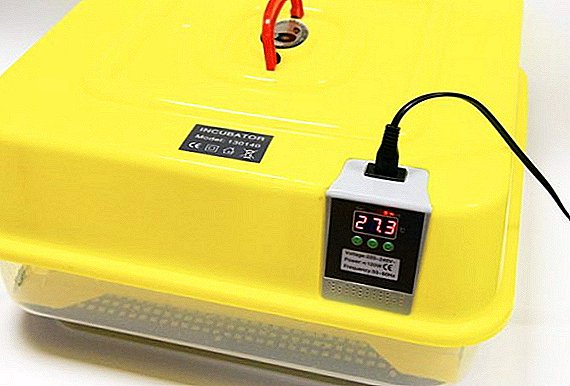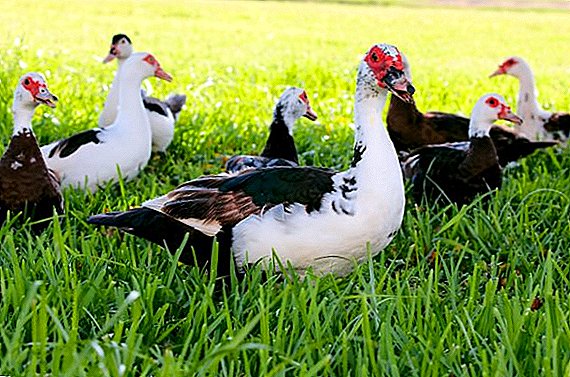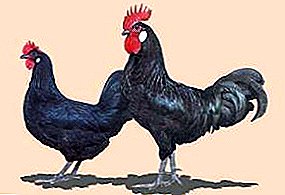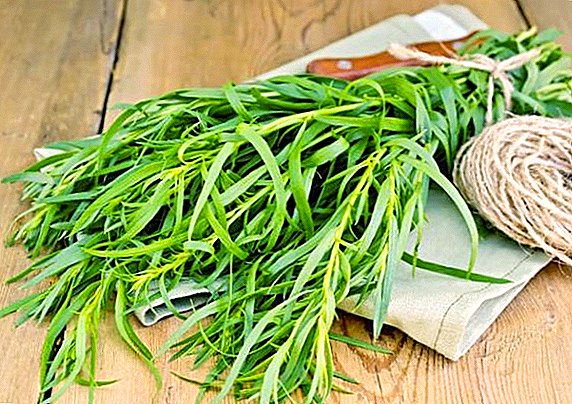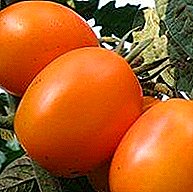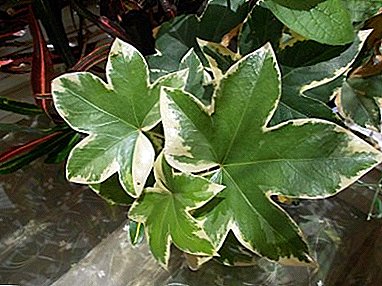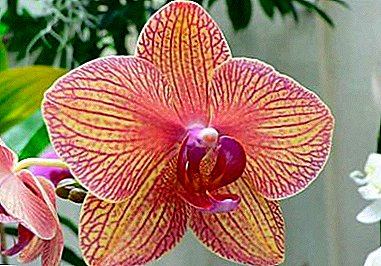
Anyone who loves small-fruited varieties and hybrids of tomatoes will surely enjoy the beautiful and original “Red Date F1”. Ripe tomatoes really resemble southern finca, they have an elongated shape and rich sweetish taste.
The collected fruits are stored for a long time, they can be eaten fresh, dried, salted and pickled. Despite the small weight of the tomatoes themselves, the bushes are very fruitful.
Read in our article a complete description of the variety, get acquainted with its characteristics and cultivation features.
Date Red F1 tomato: variety description
 Phenicia Red - F1 hybrid, middle late, half deterministic. Shrubs reach 1.5 m, but standard compact forms, up to 90 cm in height, are possible. A moderate amount of leaves and side shoots are gathered in brushes of 6-8 pieces each. Maturation begins in July and lasts until the end of September. The hybrid is suitable for growing in greenhouses and greenhouses, in regions with warm and temperate climates, it is possible to land in the soil under the film.
Phenicia Red - F1 hybrid, middle late, half deterministic. Shrubs reach 1.5 m, but standard compact forms, up to 90 cm in height, are possible. A moderate amount of leaves and side shoots are gathered in brushes of 6-8 pieces each. Maturation begins in July and lasts until the end of September. The hybrid is suitable for growing in greenhouses and greenhouses, in regions with warm and temperate climates, it is possible to land in the soil under the film.
The fruits are elongated, oval, with a pointed tip. Ripe tomatoes are bright red, elegant, with small seed chambers. Well kept, no problem tolerate transportation. The taste of tomatoes is rich, sweetish, with light fruity notes. Subtle recognizable aroma. The flesh is moderately dense, very juicy, sugary. The weight of each fruit is about 20 g.
Red Dates - Russian hybrid, derived from cherry tomatoes. Recommended for open ground and greenhouses, in temperate and continental climates it is better to grow under the film. Well kept at home. Tomatoes "Phenicia Red F1" are used to make salads, stand-up meals. They are suitable for baby and diet food. Small fruits with juicy pulp and dense skin can be salted and pickled, they do not crack, while maintaining an attractive appearance.
A photo
Appearance of tomato "Red Phenice" look at the photo below:

Advantages and disadvantages
Hybrid Date Red is very popular among gardeners amateur. Among the advantages most often noted:
- excellent yield;
- tasty sweet fruits suitable for salads and canning;
- disease resistance;
- undemanding to conditions of detention;
- long period of fruiting.
Among the minor flaws:
- late ripening, the first fruits are harvested towards the end of July;
- the variety tolerates frost well, but in cold weather the number of fruit ovaries decreases.
Features of growing
 The soil for seedlings is selected light, based on sand and peat, with the obligatory admixture of complex mineral fertilizers. In phase 1-2 of these sheets, picks are carried out. Seeds Phenicia are sown on seedlings in early March. For the successful development of seedlings need lighting, as well as weekly fertilizer. Tomatoes love the alternation of mineral complexes and organic.
The soil for seedlings is selected light, based on sand and peat, with the obligatory admixture of complex mineral fertilizers. In phase 1-2 of these sheets, picks are carried out. Seeds Phenicia are sown on seedlings in early March. For the successful development of seedlings need lighting, as well as weekly fertilizer. Tomatoes love the alternation of mineral complexes and organic.
In the first half of March, the plants are planted in a greenhouse. Transplantation into the soil is best done in late May or early June. Plants prefer a temperature of 20-22 degrees, a slight decrease is possible at night. The hybrid is very moisture-loving, it is recommended to water it with warm water with the addition of a diluted mullein or bird droppings. After flowering, you need to reduce the amount of nitrogenous fertilizers that can reduce yield.
Tomatoes require a garter to supports and pasynkovaniya. If desired, you can leave 2-3 stepson, which will also be fruitful. Tomato harvesting can begin in mid-July, when they reach the technological ripening phase. Collected fruits ripen without problems at home.
Pests and diseases
Like all hybrids, Phenicia Red is resistant to typical diseases of the nightshade family: late blight, gray, white and root rot, mosaic virus, fusarium wilt. For the prevention of disease is recommended annual replacement of the top layer of soil in the greenhouse.
Seedlings and adult bushes need to be protected from insect pests: aphids, thrips, whiteflies, shovels, naked slugs. Mulching and occasional loosening of the soil, spraying plants with warm water and frequent airing of greenhouses helps. Affected specimens are sprayed with non-toxic bio-preparations. After the start of flowering, the use of insecticides is not recommended.
After trying Phenicus Red, any gardener decides to include him forever in the plan of planting. Compact tall bushes take up little space, pleasing a bountiful crop and not requiring excessive care.


